Objective
To learn and draw dynamic human anatomy from imagination.
Audience
Hobbyist, adults and professionals who want to pursue their career in design and visual art such as NID, NIFT and Architect etc., or want to draw like a pro.
Perquisites
Check students’s portfolio, teaching methodology and FAQs at Art Education web page.
Scope
- Medium: Graphite pencil, charcoal and color pencil.
- Fundamentals: Elements & basic forms, modification of basic forms, light & shadow, value & texture, principal of design & composition, space & perspective, free hand drawing vs grid technique, drawing from reference as well as from memory, calligraphy, sketch & draw object from still life and nature, i.e. organic & inorganic objects, using graphite and charcoal pencils.
- Terminology: Anterior / front, posterior / back, medial / middle, lateral / opposite, superior / top, inferior / bottom, proximal / closer to the center, distal / away from center, deep / covered and superficial / visible and subcutaneous / just below the surface.
- Skeleton: Bone on the surface as landmarks, skull (cranium, jaw), clavicles, spine (atlas, 7 cervical, 12 thoracic, 5 lumber, 2 tail bone), pelvic, anterior superior iliac spine (ASIS), Scapula, Posterior Superior Iliac Spine (PSIS), legs, femur, tibia, fibula, patella, arms and humerus / triangle at elbow and hands.
- Synovial joints: Shape, movement, hinge for flexion and extension(elbow), pivot (elbow), ball & socket (hip / shoulder), ellipsoid (wrist), saddle (thumb) and plain (hand / foot).
- Human figure proportions: Robert Beverly Hale (11.5 cranial), foreshortening agnostic, dynamics of body, width from front and height from side.
- Secondary human figure proportions: Richer (7.5 heads) and Loomis (8 heads).
- Figure types: Male, female and kid.
- Structure: Mannequinization, box, cylinder and oval.
- Balance: Gravity, point of contact on ground (single point, two points / line, three points / triangle, four points / quadrangle), weight on point of contacts, centre of support, weight on point and centre of support, centre of gravity, distribution of weight and wideness of base, balance is equal mass / weight on either side, weight distribution on legs and external support.
- Dynamics: Controlled fall or controlled loss of balance, muscle strength against gravity, dynamics of rib cage, pelvic and spine, contrapposto (stretch/squash, high/low, supporting/extended leg), activities and muscle tension.
- Gesture: Rhythm (flow / action / motion / movement), contours, longest axis, CSI lines, line of action, tense vs relaxes and directional flow.
- Hands: Construction, muscles/ligaments, bones and nerves.
- Arms: Biceps brachii, triceps brachii, extensor capri radialis longus and anconeus.
- Feet: Construction, muscles/ligaments, bones and nerves
- Legs: Construction, muscles/ligaments, bones and nerves.
- Torso: Rib cage, pelvic, tilt, lean, twist, foreshortening, front and back.
- Torso front: Pectoralis major, latissimus dorsi, serratus anterior and rectus abdominis.
- Torso back: Sternocleidomastoid, trapezius, deltoid, infraspinatus, teres minor teres major, rhomboideus major, latissimus dorsi, erector spinae, obliquus externus and scapula.
- Head: Reilly method, front, side and three quarter pose.
- Eyes: Construction, socket, sclera, capillaries, iris, pupil, upper lid, lower lid, tear ducts, epicanthal fold, reflection, lashes, orbicularis oculi and brow.
- Nose: Glabella (triangle), nasal bone, nasal spine, maxilla, lateral cartilage, alar fat (nostril), septum (wall between nostril) and greater alar cartilage (front lob).
- Lips: Philtrum ridges, cupid’s bow, upper/lower vermillion boarder, oral commissures (pintch), lower lip groove, lobes of lower lip and mentolabial furrow of lower lip.
- Ear: Helix, scapha, triangular fossa, superior crus, inferiror crus, anti helix, anti tragus, lobule, intertragic notch, tragus, concha cavum, concha cymba and helicis crus.
- Neck: Omohyoid, clavicle bone / adam’s apple, hyoid bone, levator scapulae, sternohyoid, sternocleidomastoid, trapezius, external jugular vein and sternum.
- Face muscles: Temple (frontal belly, corugator supercilii, temporal fascia, superior auricular), nose (procerus, corruganastor suppercilii, nsalis, levator labii superioris), cheek (zygomaticus minor, zygomaticus major, buccinator, masseteric fascia, parotid fascia, risorius), mouth (orbicularis oris, depressor anguli oris, mentalis) and neck (trapezius, posterior auricular, sternocleidomatoid, omohyoid, sternohyoid, stylohyoid).
- Face angles: Front, side, tilted up, tilted down, top and bottom.
- Face expressions: Happy, sad and angry.
- Drapery dynamics: Folds (pipe, zigzag, spiral, half lock, diaper, drop, moving and inert), dynamics of folds (compressed, stretched, twisted, environment, gravity, Linear / 1 / 2 point of tension, shape underneath, support, motion and cloth type) and cloth type and pattern (texture, smooth, rough, transparent and opaque).
Duration
Approximately 60 to 70 hours of classroom time, spread across 9 months, which further depends upon the time-spent by the participant on the home assignments.
Classroom
4 sessions per month, where each session is for 2 hour, at a mutually agreed day and time.
Home Assignments & Doubt Clearing Sessions
The home assignments and the related reference pictures will be shared after each classroom session. Home assignments and self-practice are critical for the success of the course and will tentatively consume triple the classroom time. Prior to next class, the participant will have regular interaction, along with quick doubt clearing sessions. The participant will submit the practice sheets, and the faculty will evaluate the submitted sheets, and suggest the area of improvement to the participant to act upon.
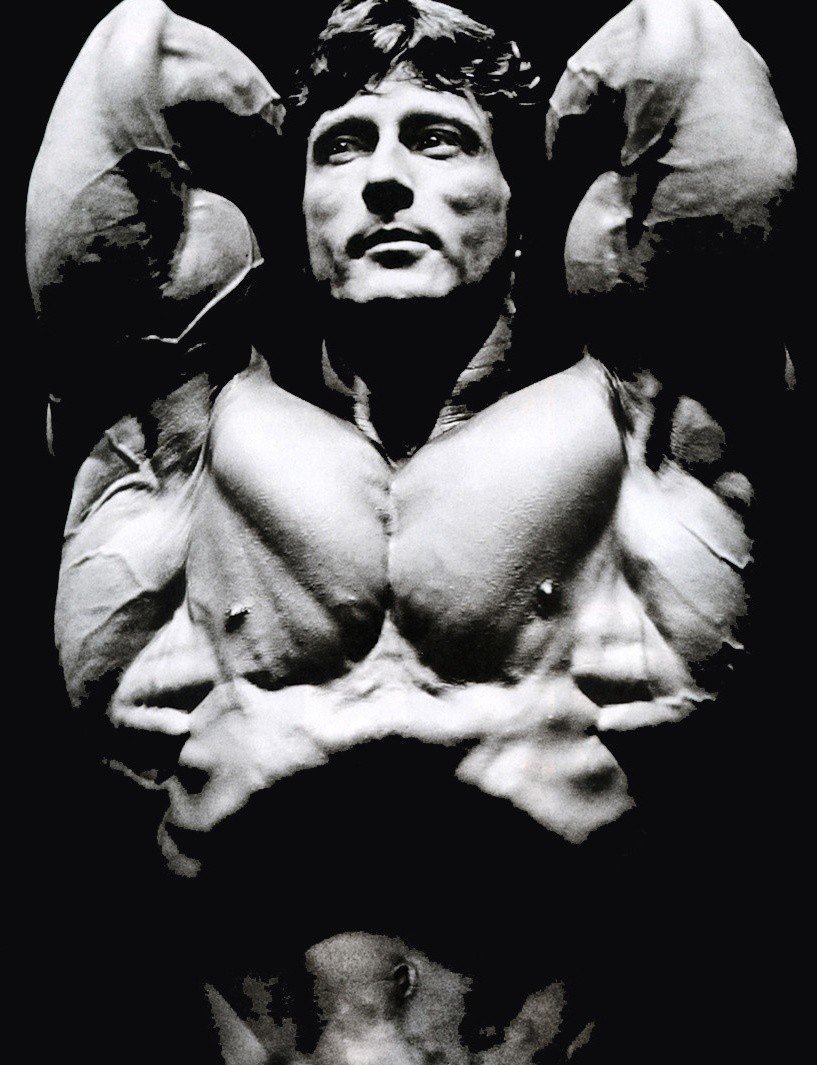



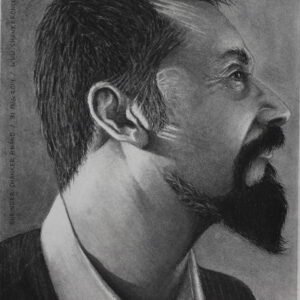
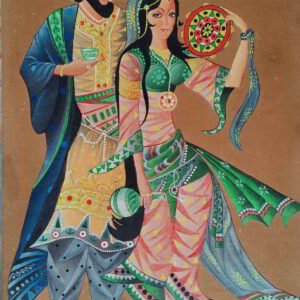
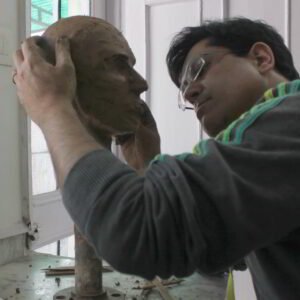
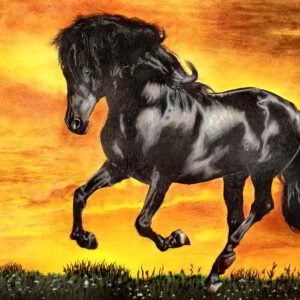
Reviews
There are no reviews yet.